How the Capybara Survives in the Harsh Wilderness, Known for its Friendliness
In the vast world of amazing animals, the capybara stands out for its remarkable appearance and friendly demeanor. As the largest rodent on the planet, it captivates with its unique qualities. However, the secret of how capybaras manage to thrive in the unforgiving wilderness remains a captivating mystery.
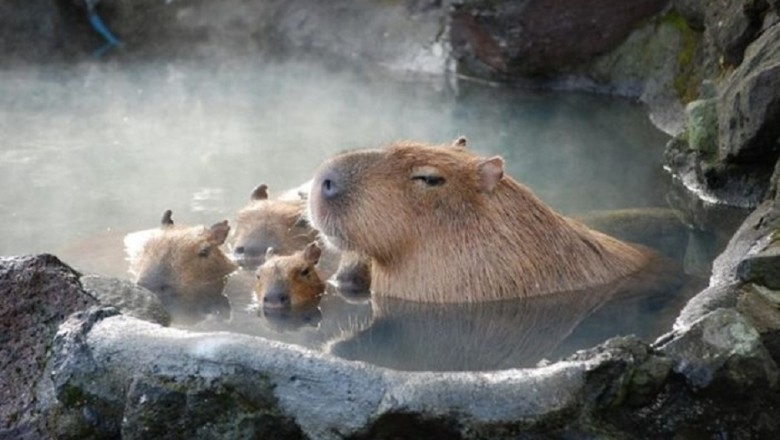
Capybaras are exclusively found on the South American continent, occupying a wide range of habitats, particularly near bodies of water. By staying close to water sources, they cleverly evade the scorching heat and ensure a consistent food supply. Although they may appear clumsy on land, capybaras excel in the water, displaying exceptional swimming and diving abilities.

Despite their sluggishness on land, capybaras have no need for haste in their daily activities. Their diet primarily consists of grass, fruits, berries, algae, and tree bark. Surprisingly, this menu does not hinder their weight gain, as their digestive system efficiently processes food, much like a cow. Furthermore, to maintain their calorie intake, capybaras occasionally engage in a rather unconventional behavior by consuming their own excrement.
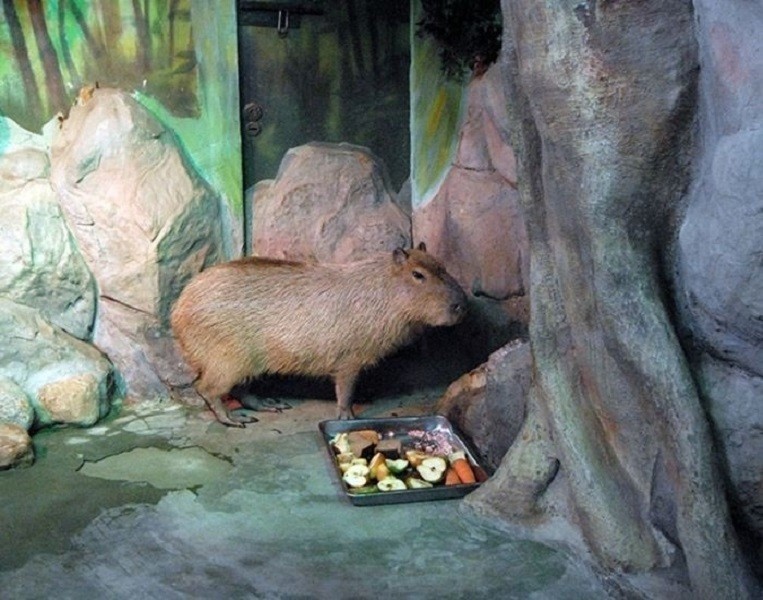
These curious adaptations undoubtedly contribute to the success of capybaras, as they outweigh an average of fifty kilograms, with some individuals reaching an astonishing ninety kilograms. Nevertheless, their most notable trait is their amicable nature. Despite the presence of numerous predators, capybaras live in small groups of around two dozen individuals, enabling them to alert one another about potential dangers.
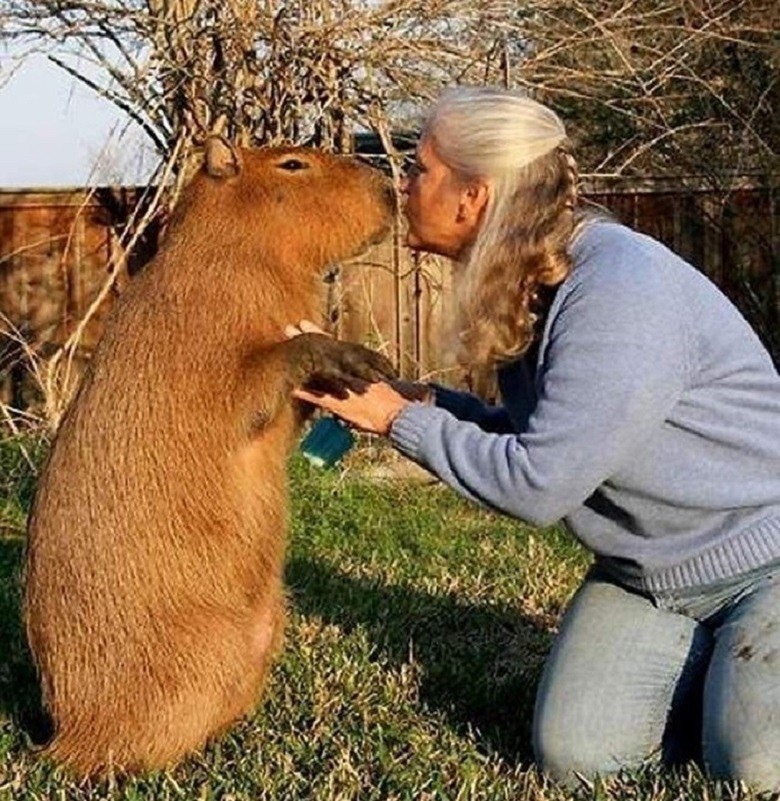
Interestingly, capybaras establish mutual relationships with other animals, such as insectivores. As capybara fur often harbors parasites, certain creatures, including monkeys and various winged animals, feast on them. Consequently, when capybaras are on land, these parasite-eating animals clean their fur, benefiting both parties. Even turtles take advantage of this camaraderie, leisurely basking in the warmth of capybara companions.

With their remarkable characteristics, it comes as no surprise that some enthusiasts of exotic pets dare to keep capybaras at home, disregarding their potential size. However, those contemplating such an endeavor should remember that these creatures require ample space, access to water, and companionship, as they naturally struggle with solitude. In some cases, capybaras can even be compatible with other pets, such as dogs, as they are known to thrive in company, even when they are tethered.

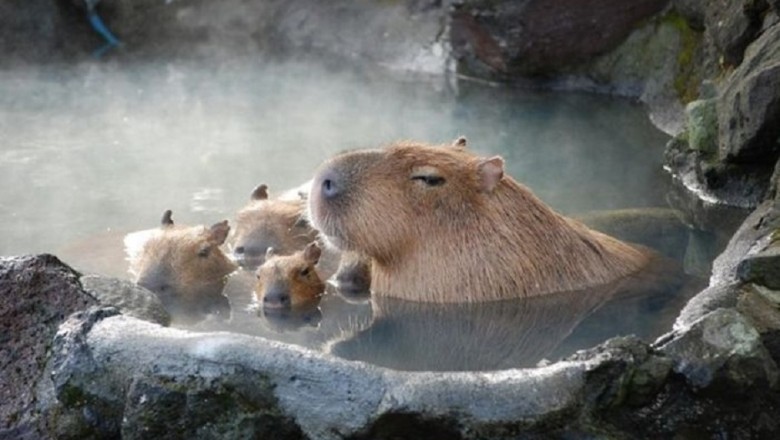
























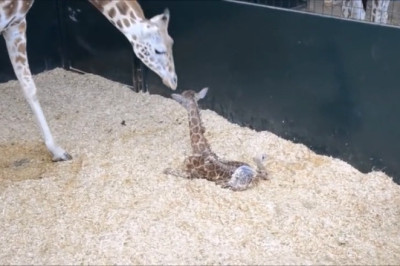

Comments
0 comment